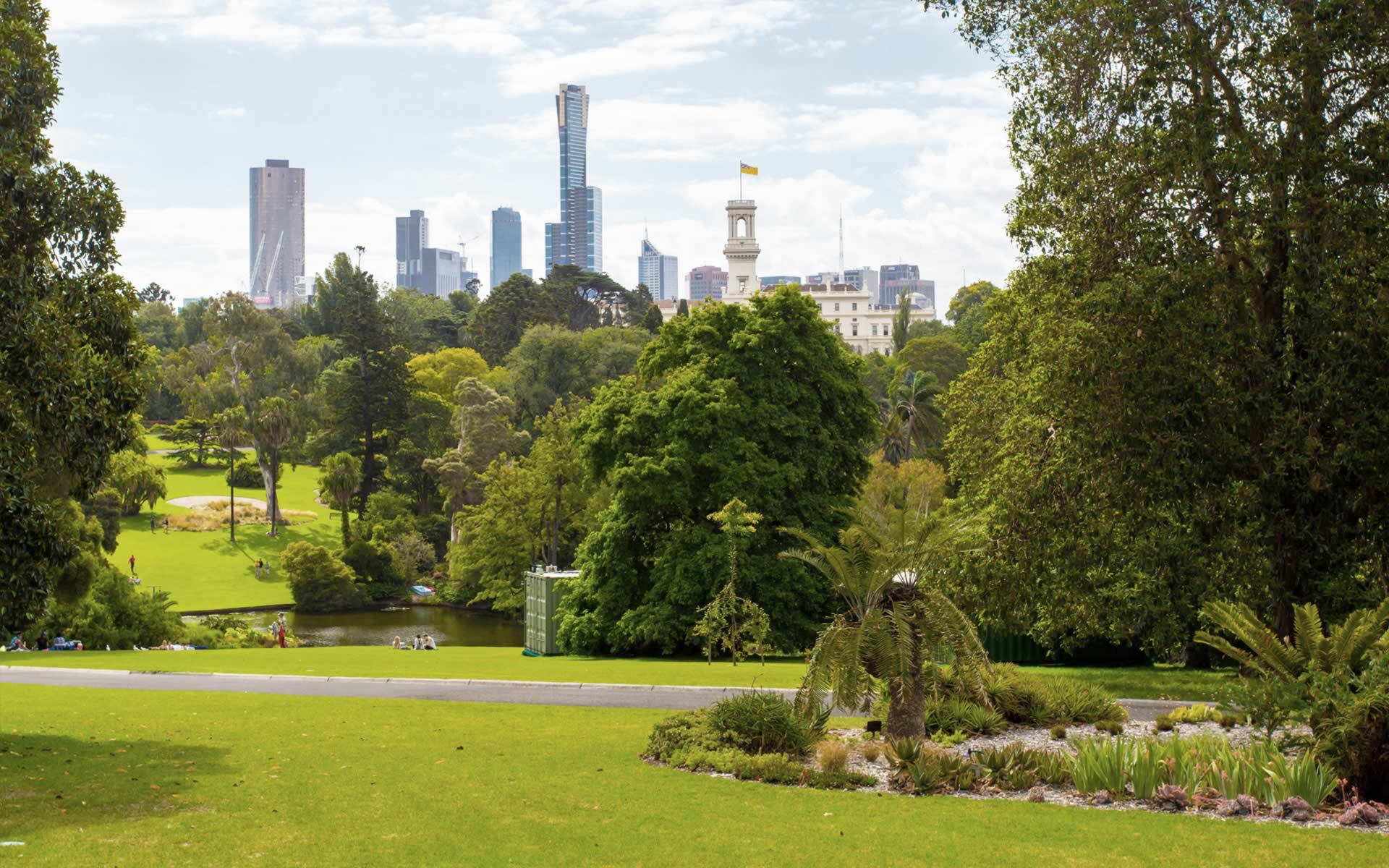Royal Botanic Gardens Victoria Australia
Established by Lieutenant Governor Charles La Trobe in 1846, the Royal Botanic Gardens Victoria is a magnificent display of plant life from all corners of the globe.
When Charles La Trobe set out to create Melbourne’s Botanic Gardens, he knew the project would be intense. But over the course of 60 years, he transformed the abandoned site into the beautiful botanical garden that is now home to thousands of extraordinary plants.
In the decades since its completion, the Royal Botanic Gardens has played a vital role in preserving plant life and building a deeper understanding and appreciation for plants amongst the general public. It was under the guidance of the gardens first director, Ferdinand von Mueller, that the world-renowned Giant Waterlily flowered for the first time at the Melbourne Gardens in 1867. Meanwhile, the work of his successor, William Guilfoyle earned him the nickname ‘master of landscaping’ for his wonderful contribution to the gardens. Much of his work, including the iconic Guilfoyle Volcano made in 1876 as a monument to Charles La Trobe, remains at the Melbourne Gardens to this day.

In the summer of 2015, the formerly independent Melbourne and Cranbourne Gardens combined together with the National Herbarium of Victoria and the Australian Research Centre for Urban Ecology (ARCUE) to establish the Royal Botanic Gardens Victoria.
At the heart of the Royal Botanic Gardens Victoria is their commitment to the conservation of plant life and their ambition to demonstrate the importance of native plants in Victoria and the wider world. As global warming continues to threaten the fate of the planet and the ruthless destruction of ecosystems endangers many plant species across the world, the Royal Botanic Gardens is working tirelessly to protect these vulnerable plants.
The Melbourne Gardens in Birdwood Avenue are open every day of the year from 7.30am until sunset and houses over 8,500 different plant species from across the globe. You can explore the ancient lands of the Koolin nation on the Aboriginal Heritage Walk where you’ll learn how Australia’s plants were used to make tools, medicines and provide a healthy food source. Alternatively, you can breeze through Melbourne Gardens best spots on a guided tour tailored to meet your needs.
Melbourne Gardens are home to 31 plant collections that aim to teach the public about the history of the different plant species, the vital role they play in our everyday lives and their importance in the future of our planet. The Australian Forest Walk Collection displays native plant life whilst the California Garden, New Zealand Collection, Southern Africa Collection, Southern China Collection and the Southwest Pacific Islands Collection gives visitors an insight into plant species from all over the world.
Cranbourne Gardens, located in the centre of vibrant bushland, is a beautiful homage to Australian flora. Due to its wild landscape, its inhabited by many endangered animals and a wide variety of plants allowing visitors a rare opportunity to explore this beautifully preserved landscape. The gardens feature 28 unique collections including the stunning Red Sand Garden containing a variety of plant and tree species from Kangeroo-paw to Pineapple Bush, Honey-myrtle and Needlewood.
It’s been 170 years since Charles La Trobe turned his horticultural dream into a reality and thanks to the persistent work of the Royal Botanic Gardens Victoria’s dedicated team, his legacy will live on for generations.
Amy Horsfield / BA Film and Creative Writing